- Home
- -Blog
Logo Design Basics for Tech Brands: Building a Memorable Identity
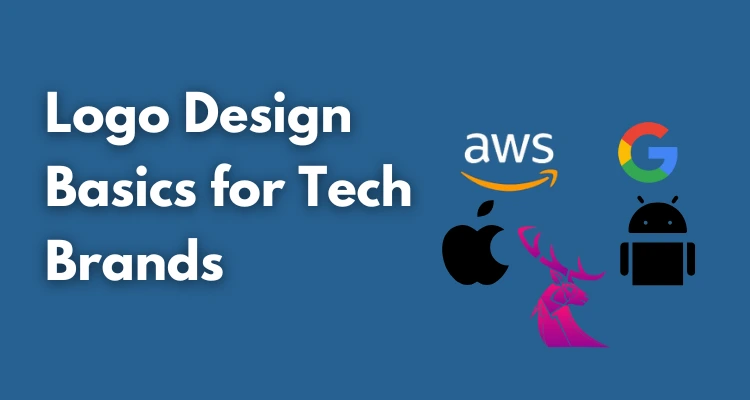
- 31 Oct 2024
- Shabir Ahmad
Logo design is a fundamental part of branding for tech and digital marketing companies. A well-designed logo serves as the face of a brand, creating an instant visual connection with customers. For companies in fast-moving sectors like tech and digital marketing, a logo is often the first impression people have of the brand, making it critical that the design is memorable, clear, and reflective of the company's values.
First impressions matter; studies show that potential customers form opinions about brands within seconds. An effective logo fosters trust and leaves a lasting mark, enhancing recognition and helping a brand stand out in crowded markets.Consistency in logo usage across platforms, following well-defined brand guidelines, reinforces brand identity, making the brand easily recognizable whether it's seen on a website, social media, or mobile app.
What Makes a Good Logo for Tech and Digital Brands?
A good logo for tech and digital brands balances simplicity, versatility, and relevance, creating a design that's both impactful and adaptable. These key elements are essential for logos in the tech and digital sectors, where brand recognition often relies on sleek, modern aesthetics and clear messaging.
Simplicity:
Versatility:
Relevance:
In tech branding, a simple logo stands out best. A straightforward design is easier to remember and recognize, which is essential in an industry where complex messaging and technology-driven products are common. Clean, uncluttered logos convey professionalism and confidence without overwhelming the viewer.
Tech logos need to look good across various platforms and devices, from small social media icons to large-scale displays. A versatile logo maintains its clarity and visual appeal at any size, whether on a mobile app, website, or printed materials, ensuring brand consistency everywhere it appears.
A logo should reflect the core values and focus of the brand. In tech, logos often lean toward modern, minimalist designs to signal innovation, efficiency, and reliability. Many tech brands avoid overly decorative details, opting instead for straightforward symbols and typography that communicate clarity and forward-thinking.
Why Modern and Minimalist Designs Work in Tech:
Modern and minimalist logos are popular in the tech industry because they represent progress and innovation. These designs often incorporate geometric shapes, simple icons, or abstract forms that allude to tech's core ideas without excessive detail. This minimalist approach helps the logo remain timeless, aligning with a brand image that seeks to appear cutting-edge.
Colors and Fonts in Tech Branding:
Color plays a big role in tech logos. Blue is commonly used as it conveys trust and reliability, while green can suggest growth and innovation. Bold, dark colors like black or deep blue are often used for companies focused on high-end or professional products.Understanding color meanings can help choose colors that reflect trust, innovation, and professionalism, making the logo more effective. Fonts are generally clean and sans-serif, reinforcing the simplicity and readability that tech brands favor. Avoiding complex or overly stylized fonts keeps the focus on the brand's essence, allowing the logo to communicate its message at a glance.
In the end, a good logo for tech and digital brands is a blend of simplicity, adaptability, and clear relevance to the industry, effectively establishing the brand's identity and presence in a highly competitive market.
Evaluating Logos of Tech Giants: What Makes Them Effective?
In this section, we'll take a closer look at the logos of some leading tech companies, analyzing the elements that make each logo effective and memorable. By examining these examples, we can see how logo design can powerfully reflect brand identity and industry relevance.
- Apple
- Simplicity and Elegance: Apple's iconic apple-with-a-bite logo is minimalistic yet instantly recognizable. Its simplicity speaks to the brand's commitment to clean, user-friendly designs.
- Timeless Design: Apple's logo has remained mostly unchanged, symbolizing reliability and stability. The monochrome color scheme is adaptable, allowing it to appear consistently across all products and platforms.
- Playful Colors and Approachability: Google's multi-colored logo uses primary colors (blue, red, yellow, and green) to reflect creativity, approachability, and inclusiveness. This playful design makes the brand feel accessible and fun.
- Versatility and Adaptability: Google frequently customizes its logo for events and holidays, showing how a simple, versatile design can adapt without losing its identity.
- Microsoft
- Structure and Balance: Microsoft's four-color square logo represents the company's major product lines (Windows, Office, Xbox, etc.), demonstrating structure and diversity.
- Professionalism and Reliability: The grid design and bold colors convey stability and seriousness, aligning well with Microsoft's image as a leading enterprise and consumer technology provider.
- Amazon
- Inclusive Message: Amazon's logo with the smile arrow pointing from "A" to "Z" cleverly suggests that the company offers everything from A to Z, emphasizing variety and customer satisfaction.
- Friendly and Customer-Focused: The smile is warm and approachable, reinforcing Amazon's commitment to positive customer experiences and reliability.
- IBM
- Innovation and Authority: IBM's logo, which has horizontal stripes, represents speed and dynamism, while the bold blue font suggests authority and trust.
- Classic and Recognizable: The logo's consistent use for decades has cemented IBM as a recognizable and respected name in technology.
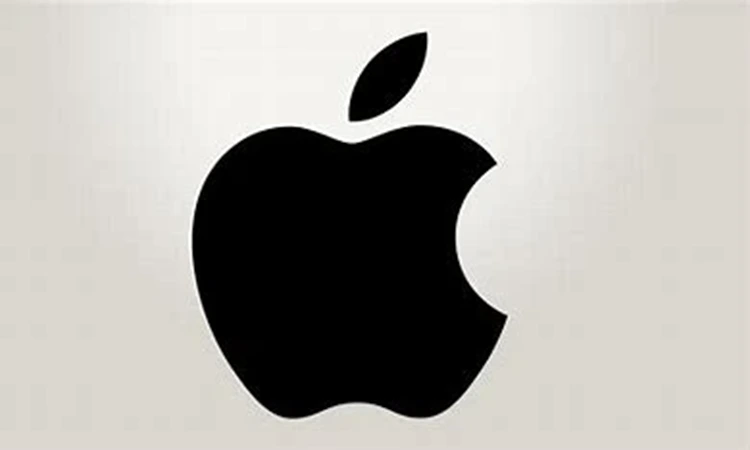
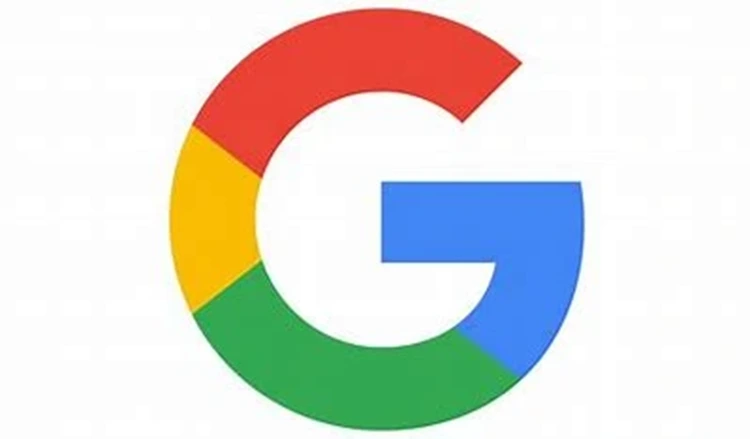
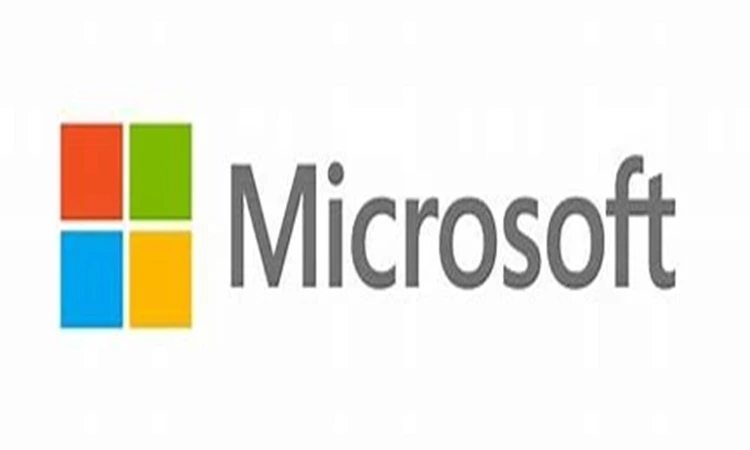
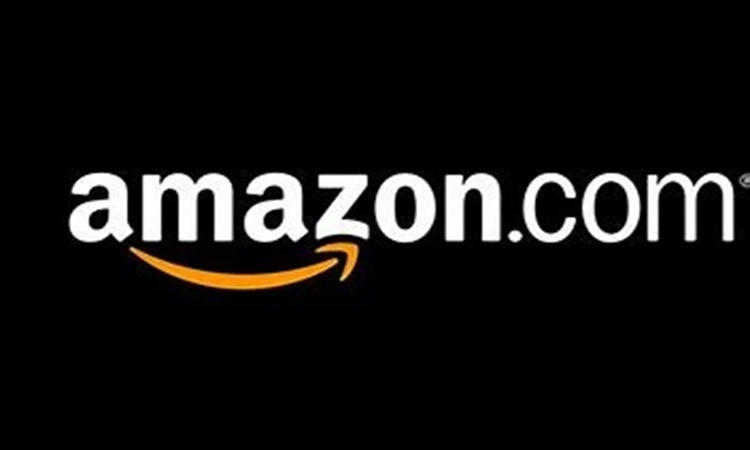

What We Can Learn from These Logos
Each of these tech giants uses distinct elements-whether through color, simplicity, or symbolism-to represent their brand's core values and goals. By analyzing these examples, smaller tech brands can identify key takeaways for creating a logo that aligns with their own identity, audience, and market position.
Role of Logo Makers in Streamlining the Design Process
Logo makers are online tools or software platforms that enable businesses to create logos quickly and affordably. These tools have become popular, especially among small businesses and startups, because they simplify the logo design process and make professional-looking branding accessible to those without a background in design. Many logo makers also offer features like photo editing and background removal, enabling users to seamlessly integrate their logo into marketing materials or product visuals. By offering a range of templates, customization options, and intuitive interfaces, logo makers allow users to experiment with colors, fonts, and layouts to create a logo that reflects their brand identity.
Why Logo Makers Are Popular:
Logo makers eliminate the need for extensive design skills and big budgets, making them particularly valuable for smaller companies looking to establish a brand presence. These tools provide ready-made templates tailored to different industries, allowing users to select a style that best fits their business and then tweak it to align with their specific needs. This accessibility has made logo makers a go-to choice for companies looking to launch or rebrand without the cost or time commitment of hiring a designer.
How Logo Makers Help Small Businesses and Startups:
For startups and small businesses, the budget for branding is often limited. Logo makers offer an affordable alternative to custom design services, enabling these businesses to create a professional logo that aligns with their brand vision. By using a logo maker, business owners can experiment with different design elements to create a logo that not only looks good but is also optimized for use across multiple digital and physical platforms. Visit Designers Choice to learn more about smart design practices and professional style inspiration.
Additionally, integrating QR codes into logo designs can enhance functionality, allowing customers to quickly access websites, portfolios, or product information with a simple scan.You can effortlessly create a QR code with a logo for free using the QR TIGER QR code generator.
Custom vs. Template-Based Logos in Tech:
While template-based logos are a cost-effective solution, tech companies often face the question of whether to invest in a custom logo or use a template. Custom logos provide a unique, brand-specific look that can set a business apart in a competitive industry. However, for smaller tech brands or startups, template-based logos offer a practical solution for quick, low-cost branding that can later be upgraded as the business grows. Custom logos allow for greater control over the design and can be crafted to communicate a more precise brand message, while templates offer an efficient starting point for businesses needing immediate, budget-friendly solutions.
In the end, logo makers streamline the branding process by providing quick, accessible, and affordable design options, enabling small businesses and startups to establish a professional brand identity without the need for a large investment.
Designing with User Perception in Mind
Designing a logo with user perception in mind means creating a brand image that resonates with the audience's expectations and reflects the company's identity. For tech and marketing companies, a logo is more than a visual-it's an impression that shapes how customers feel about the brand from the start. Understanding user expectations is essential because the logo often serves as a first point of contact, setting the tone for the brand's message and values.
Meeting User Expectations and Shaping Brand Perception:
Users expect a tech or marketing company's logo to convey professionalism, innovation, and reliability. A well-designed logo aligns with these expectations, building trust and interest before users even learn about the company's products or services. For example, a tech company's logo with clean lines and modern elements suggests efficiency and cutting-edge solutions, while a marketing logo with vibrant colors and a dynamic font could imply creativity and adaptability.
Reflecting Values and Goals in Logo Design:
A logo should serve as a visual summary of a company's values and goals. For a tech company focused on security, a solid, stable design with darker colors may communicate reliability and trustworthiness. For a digital marketing firm, a bold and dynamic logo could reflect a commitment to innovation and creative problem-solving. When a logo aligns with the company's mission, it reinforces the brand's message and makes it easier for users to connect with the company on a deeper level.
Key Factors in User Psychology: Color, Style, and Brand Message:
- Color: Colors evoke emotions and can strongly influence perception. Blue often represents trust and stability, making it popular in tech, while green can symbolize growth and innovation. Marketing companies might use bright colors like red or yellow to convey energy and creativity.
- Style: The style of a logo-whether modern, classic, playful, or serious-affects how users view the brand. A minimalist style can suggest focus and efficiency, ideal for tech companies, while a playful, informal style might appeal to brands targeting younger audiences.
- Brand Message: A logo should communicate the essence of a brand in a simple, memorable way. This could be through an icon, a unique font, or a particular color scheme that reflects the company's identity. A strong logo reinforces the brand message, helping users remember the brand and recognize it across different platforms.
Designing with user perception in mind means creating a logo that not only looks appealing but also aligns with the brand's purpose, values, and audience expectations. This approach strengthens brand recognition and fosters a sense of connection and trust between the company and its customers.
How Logos Influence Digital Marketing Efforts
A logo plays a pivotal role in digital marketing by helping establish brand credibility, supporting social media and SEO efforts, and fostering customer loyalty. As a visual anchor, a logo is the face of a brand across digital platforms, making consistency and recognizability essential.
Logo Consistency and Brand Credibility:
Consistency in logo usage is crucial for building brand credibility. A well-placed, consistent logo across websites, social media, email newsletters, and ads reinforces the brand's identity and reliability. When users see the same logo in various contexts, it creates a sense of stability and professionalism, strengthening trust in the brand. Investing in professional brand identity design services ensures that your logo and visual elements are consistently applied, enhancing recognition and trust across all platforms.
Impact on Social Media and SEO Success:
In digital marketing, a recognizable logo boosts engagement on social media platforms by making posts and profiles easily identifiable. Social media users tend to connect with brands that have distinct and memorable logos, which can lead to higher engagement rates. Additionally, when users click on logos or images related to a brand, it improves the site's traffic metrics, indirectly supporting SEO by signaling relevance and authority to search engines.Opting for the best package for buying likes can further boost engagement, sending strong social signals that improve visibility. Logos can also be included in image search optimizations, improving visibility in both traditional and visual search results. And by using a tool for reverse image search, you can verify where your brand assets appear online.
Recognizable Logo for Online Presence and Customer Loyalty:
A memorable logo enhances online presence by making the brand instantly recognizable, whether in ads, search results, or on social feeds. It becomes a mental shortcut for users to identify and trust the brand among competitors. For customers, a familiar logo fosters a sense of loyalty, as it creates a visual bond that reinforces positive experiences with the brand over time. This loyalty is particularly valuable in digital marketing, where repeat engagement and brand recall are essential for long-term success.
In short, a well-designed and consistently used logo supports digital marketing efforts by building credibility, enhancing visibility across platforms, and encouraging customer loyalty, making it a powerful asset in a brand's online strategy.
Steps to Create a Strong Logo: A Quick Guide
Creating a logo that represents your brand effectively involves several focused steps to ensure it aligns with your brand identity, resonates with your audience, and performs well across all platforms. Here's a quick guide to crafting a strong, memorable logo:
- Define Brand Identity and Target Audience: Start by identifying what your brand stands for and who you want to reach. Are you aiming to be seen as innovative, reliable, or creative? Knowing your core values and understanding your target audience's preferences will guide the design, helping you create a logo that feels authentic and appealing to your audience.
- Choose the Right Colors, Shapes, and Fonts: Colors, shapes, and fonts each evoke different emotions and associations. For instance, blue can communicate trust and reliability, while red may suggest excitement or energy. Shapes like circles can feel inclusive and friendly, while angular shapes often convey stability and strength. Font choice also matters; sans-serif fonts appear modern and clean, while serif fonts can give a classic, established feel. Selecting these elements thoughtfully ensures that your logo visually aligns with your brand's personality.
- Test for Adaptability Across Various Platforms and Devices: A strong logo is versatile and looks great in any context, whether it's on a website, social media, app, or print materials. Test your logo in different sizes and formats to ensure it remains clear and impactful, even as a small icon or watermark. Adaptability is key to maintaining a consistent brand presence across platforms.
- Iterating and Refining Based on Feedback: Once you have a preliminary design, gather feedback from team members, stakeholders, or even a focus group if possible. Constructive feedback can highlight elements that resonate well or need improvement. Use this input to refine the design, making adjustments to colors, fonts, or shapes to better capture the brand's essence.
Following these steps ensures a logo that not only represents your brand accurately but also resonates with your audience, staying consistent and effective across all digital and physical touchpoints.
Common Mistakes to Avoid in Logo Design for Tech Brands
Designing a logo for a tech brand requires balancing creativity with practicality. Here are some common pitfalls to watch out for in the process:
- Overcomplicating the Design: In an attempt to be unique, some tech brands add too many elements or intricate details to their logos. Complex designs are hard to recognize and remember, and they may lose clarity when scaled down. A clean, simple logo is more effective in making a lasting impression and adapting across various applications.
- Ignoring Scalability and Adaptability: Tech logos need to work on everything from app icons to large screens. Designs that don't scale well lose effectiveness on smaller devices or social media icons, where clarity is crucial. Ensuring your logo is adaptable and maintains its integrity at any size is essential for consistent branding.
- Using Irrelevant Colors or Fonts: Colors and fonts have specific associations, and using ones that don't match the tech industry can confuse or alienate potential customers. For instance, using playful, pastel colors or overly decorative fonts might clash with a brand focused on security or enterprise solutions. Sticking with colors and fonts that align with tech norms-such as blues, blacks, and clean sans-serif fonts-can enhance the logo's relevance and professionalism.
Avoiding these common mistakes helps tech brands create logos that are clear, adaptable, and aligned with industry expectations, ultimately strengthening the brand's image and appeal.
Conclusion
Crafting a strong logo is a vital step for tech and digital marketing brands looking to establish a lasting and memorable presence. A well-designed logo doesnt just look good; it conveys the brand's identity, builds trust, and supports the company's goals across all digital platforms. From selecting colors and fonts that resonate with the tech industry to ensuring the logo adapts seamlessly to various platforms, each element plays a role in making a logo effective.
With accessible tools like logo makers and a thoughtful approach to design, companies of any size can create logos that reflect their values and connect with their audience. By focusing on simplicity, scalability, and relevance, and avoiding common pitfalls, brands can ensure their logo becomes a recognizable and reliable symbol of their business. In an increasingly digital world, a logo that's well-crafted and strategically used can make all the difference in brand recognition, credibility, and long-term success.
FAQ's
What makes a logo memorable?
Why is logo design important for a brand?
How can a logo impact brand perception?
Should I use a logo maker or hire a designer for my brand?
A memorable logo is simple, visually distinct, and easy to recognize. It usually incorporates clean lines, balanced colors, and shapes that create a strong visual impact, making it stick in the minds of viewers. Simplicity and relevance to the brand's message help enhance recall.
Logo design is essential because it acts as the brand's visual identity. A good logo creates a positive first impression, establishes brand recognition, and helps communicate the company's values, making it easier for customers to connect with the brand.
A logo shapes brand perception by influencing how users view the company's professionalism, trustworthiness, and personality. For instance, a modern, clean logo suggests innovation and reliability, whereas a playful logo may appeal to a more youthful audience. A well-aligned logo strengthens positive associations with the brand.
Using a logo maker is a cost-effective option for small businesses and startups with limited budgets, offering ready-made templates that can be customized. However, hiring a designer allows for a fully custom logo tailored to the brand's specific identity and needs, which can be beneficial for brands looking for a unique and refined visual representation.



